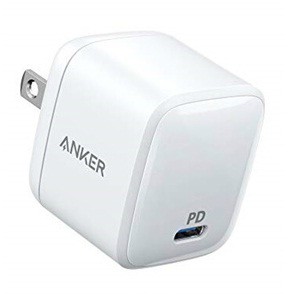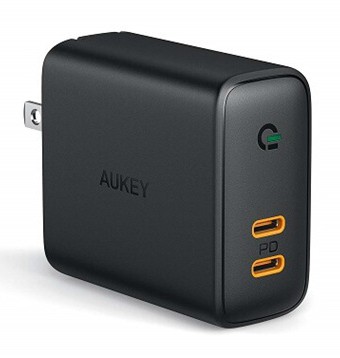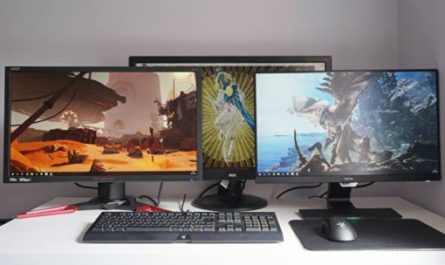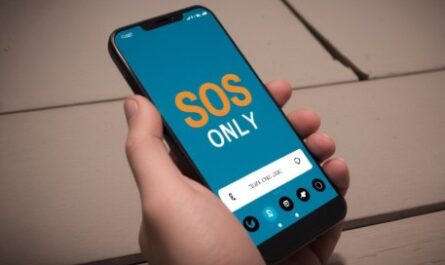Last Updated on February 16, 2021 by Sohail Qaisar
The portable devices that we own, whether large or small, are getting to be very powerful. You no longer really to use a desktop computer to do all your work, because a smartphone is going to suffice because of the apps that it has and the performance it’s capable of. The only set back with doing all your work on a phone is the smaller screen.
Speaking of smartphones, they’re the main type of portable device where power consumption is most prevalent. Yes, tablets and laptops are also getting more powerful, but it’s not as noticeable as smartphones, because phones are one of the most anticipated tech products. Just take a look at the two main companies on the market when it comes to smartphones, Apple and Samsung. Each year around Spring time, everybody is speculating on what the new Galaxy S or Note series phone will look like and rumors are going crazy.
Increases in Power
The same thing is said about Apple’s iPhone, but those rumors are year-round, even though they announce their new iPhone in September. People are expecting betters specs with faster processors, high-quality cameras that rival Nikon, and screens that look flawless. The great thing about getting the best specs is that you don’t have to get it from just iPhones or Samsung Galaxy phones.
It can also be from other brands such as LG, Sony or the new risen player in the game, OnePlus. These phones have similar specs to offer, and at the same time, they can offer more. For example, the OnePlus 7 Pro now has a 90Hz refresh rate with its screen, this is something that is going to change with other phones because many people have said that a screen with a higher refresh rate is a lot better. That said, a higher refresh rate also means that the phone will be making use of power.
Another part that is going to have phones using more power is 5G. 5G is quite a long way off from becoming the standard, even though many carriers are advertising 5G like crazy, the infrastructure is not there. Neither are the phones that are 5G compatible, too. When it does become mainstream 5G will use more power, though.
Larger Batteries Used
With so much power being used by smartphones, they have now started to use larger batteries. It’s one of the main reasons why phones have gotten a tad bit larger over the years. In the past, the Galaxy S series of phones would have a smaller battery than the Note series, but now they’re on equal ground because the Galaxy S10+ has a 4,000mAh battery, the same as the Note 10.
Also, the iPhone has been known for its smaller batteries, but the iPhone 11 Pro Max has a 3,969mAh battery. That’s quite large.
The Rise of Power Delivery
A larger battery is always great to have because you can use your phone for a longer duration, the main negative part is that it will take longer to recharge. That is exactly why fast charging tech is now used with basically every phone on the market. Most Android phones use Quick Charge, and you’ve got the OnePlus phones using their fast charging called “Dash Charge”. These two are great technologies but the problem with them is that they are not universal, because they won’t be usable with all smartphones or other devices like laptops and tablets. Is it too much to ask for a charger to be able to charge many types of devices, no matter how large, small, or powerful they are? Well, not anymore and that’s thanks to the USB-C port and the Power Delivery charging that’s used with it.
If you haven’t noticed yet, the USB-C port is everywhere now. The Micro-USB port that we’re so accustomed to seeing with many devices is now slowly disappearing and being replaced with the USB-C port because it a better port in terms of charging power, faster connectivity for sharing files and it also has a reversible port so you’re always going to be placing it inside the right way the first time.
All Android phones are using the Type-C port, tablets are too, and there are now numerous laptops that are using it. Along with the power of Power Delivery, the ability to charge all those devices with the same type of charger is possible. If you’re wondering just how powerful PD is, it’s able to supply power up to 100W.
A device doesn’t even have to use a USB-C port to charge from a USB-C PD port, just take a look at the iPhone. Just recently, the iPhone 11 Pro and the 11 Pro Max are the first iPhones to ship with an 18W PD charger. In the past, and still with the current regular iPhone 11, come with a slow 5W charger. To fast charge from the USB-C port with your iPhone 11, you have to use a Lightning to USB-C charging cable.
If you’re charging a laptop that’s PD compatible, you’re going to need a charger that has more power. More power meaning that the charger is going to need anywhere from 30W or more of charging power. Even a 100W PD charger can be used to fast charge a USB-C phone, and no, it will not harm the phone because phones have special protocols that are built into accepting a certain amount of power only.

Two other features that some PD chargers can have depending on which one you get is that some of them have Gallium Nitride chips. Or also known as GaN. These chips within chargers can replace many parts within a charger, and by doing so, the charger is not only smaller, but it’s able to supply the same amount of power that it would with all of the components that were replaced. What you get are some PD chargers that have 1-inch dimensions that are still able to output 30W of power. An example of that is Anker’s PowerPort PD 1 that we have shown above.

One other factor that makes PD charging awesome is how you can get more charging power from a charger. Some PD charges have two USB-C PD ports, these usually have what is called “Dynamic Charging”. So if you have two phones charging at the same time, each port will only be able to output 18W, which is good for fast charging smartphones but not enough for charging laptops. Now, if you disconnect one phone then the other port’s powering potential is increased to 36W. Therefore you can use more power when you need it.


